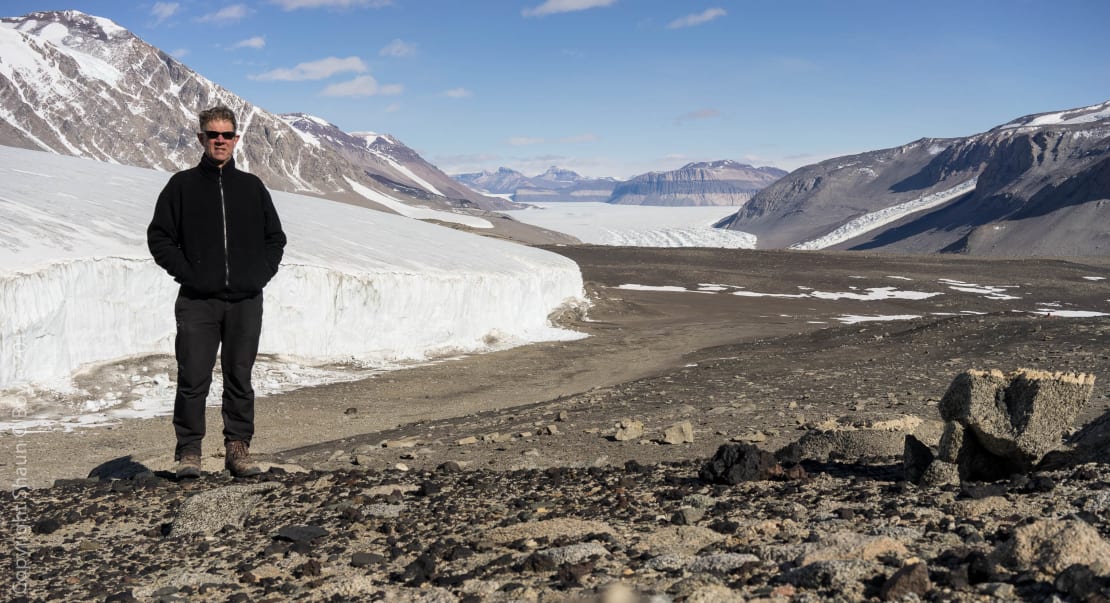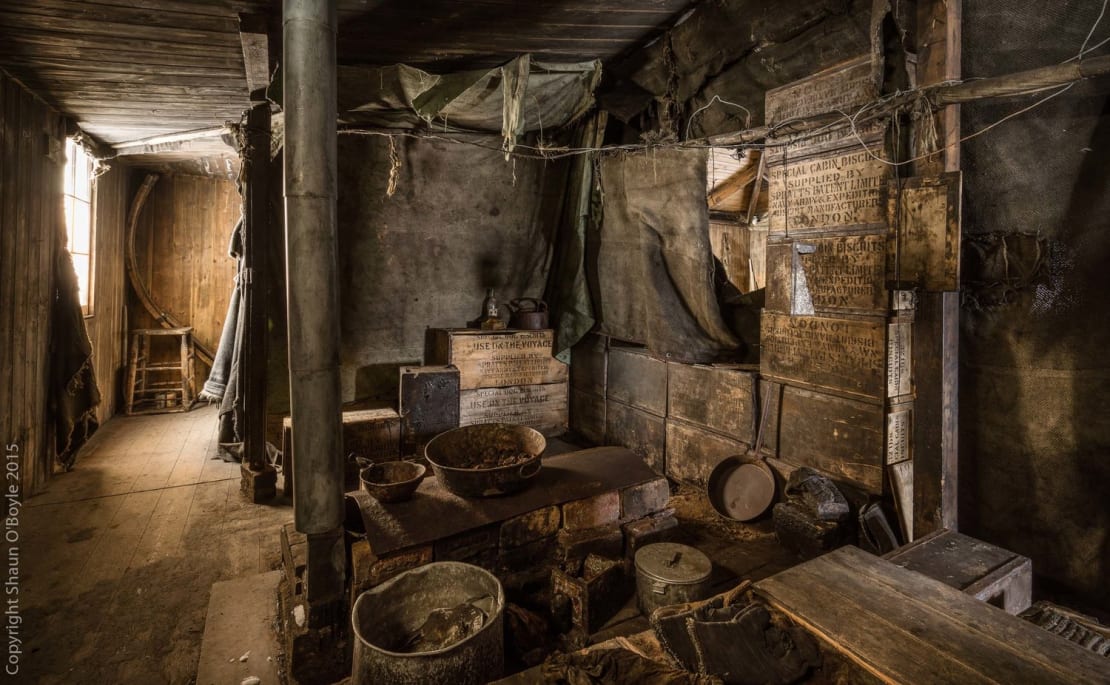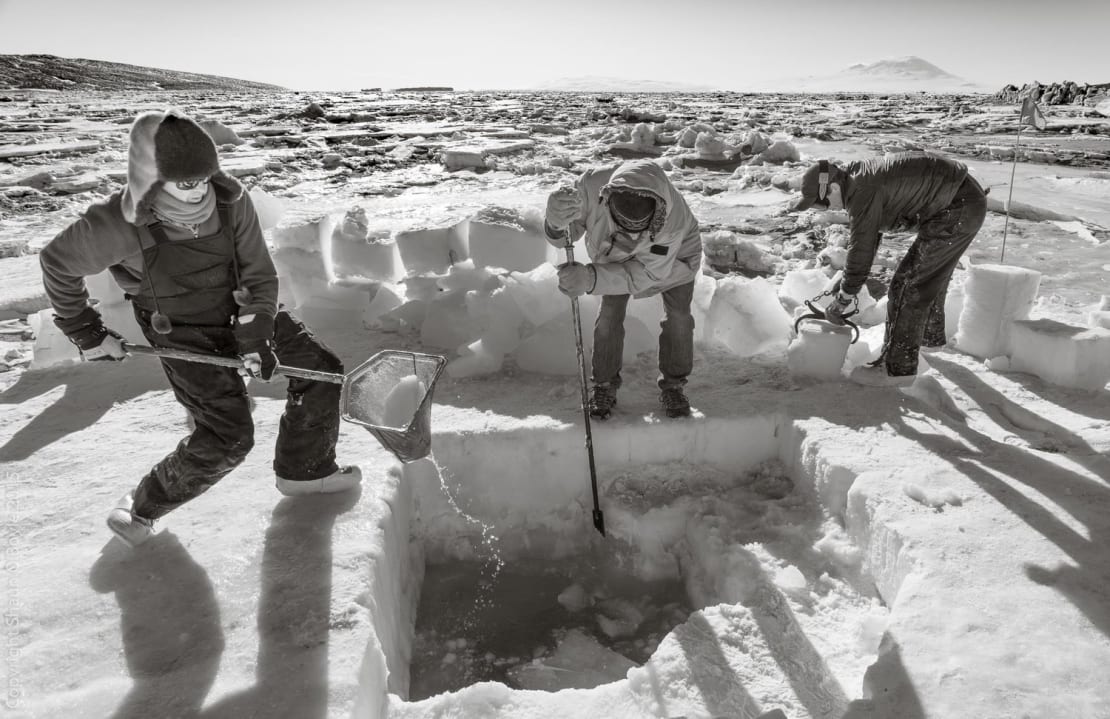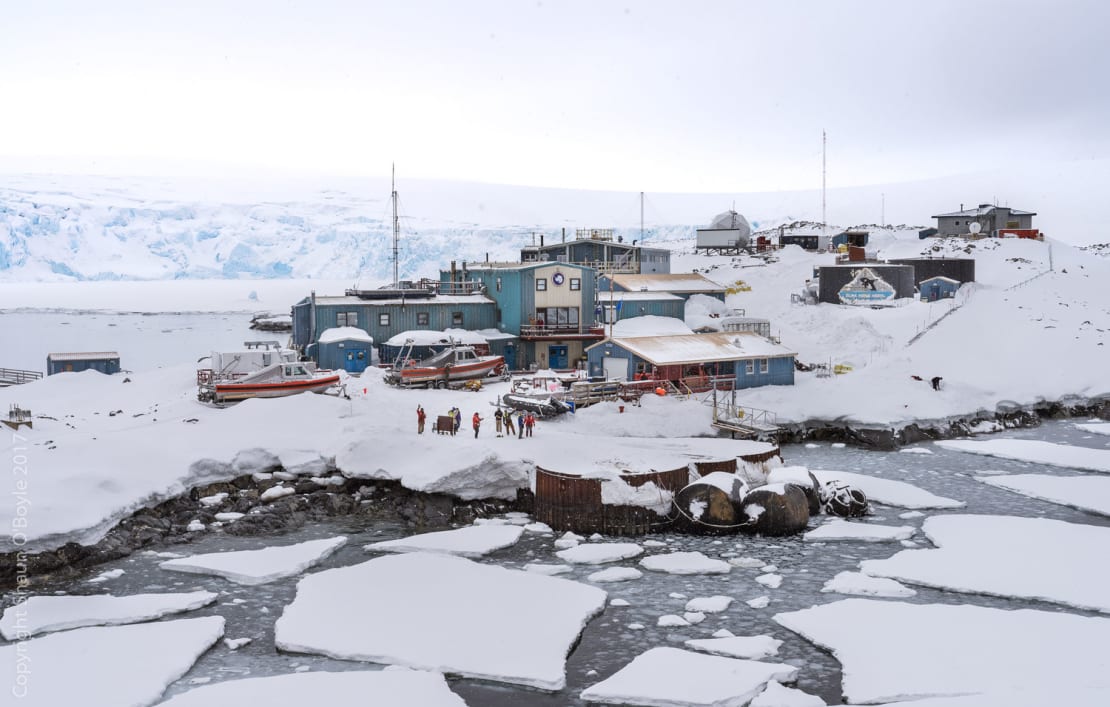
American photographer Shaun O’Boyle can claim something that few nonscientists in the world can: He is about to embark on his third Antarctic expedition.
O’Boyle’s unique trips are made possible through the National Science Foundation’s Antarctic Artists and Writers (AAW) Program, which sends three or four artists to Antarctica each year. As stated on their website, the program “provides opportunities for scholars in the humanities (painting, photography, writing, history, and other liberal arts) to work in Antarctica and the Southern Ocean. … The purpose is to enable serious writings and the arts that increase understanding of the Antarctic and help document America’s antarctic heritage.”
His first AAW expedition was to McMurdo Station in 2015. “I was in Antarctica for about seven weeks, visiting many different locations within a 70-mile radius of McMurdo,” said O’Boyle. “It was a remarkable experience, and it prompted me to apply again.”
The next time O’Boyle applied to AAW was in 2017. He was accepted again, and this time he ventured to Palmer Station, a small U.S. research station on Anvers Island in the Palmer Archipelago of Antarctica.
Now, O’Boyle’s 2019 expedition will take him to the South Pole—home of the IceCube Neutrino Observatory.
From November 18 to 22, O’Boyle will be photographing the buildings and infrastructure around the South Pole, including IceCube’s! In honor of his trip to visit our detector, we asked O’Boyle a few questions about his portfolio and experience working in one of the most unforgiving environments on Earth.
Check out our Q&A below, and be sure to follow O’Boyle’s trip as he blogs at www.popantarctica.wordpress.com and posts to his Instagram feed (@soboyle). He will also host the Smithsonian Magazine Instagram (@smithsonianmagazine) for one week starting November 22.

You have photographed a variety of people, places, and things, but the Arctic and Antarctic seem to take up a substantial portion of your portfolio. Why are you drawn to these extreme locations?
I’ve always had an interest in the history of Antarctic exploration, in particular the area around McMurdo Station and Ross Island where the early heroic era expeditions of [Robert Falcon] Scott and [Ernest] Shackleton were based. I was particularly interested in the surviving huts still standing in that area, so my proposal to the NSF [in 2015] was to photograph the built heritage in this region, from the early huts to the current science station and field camps.

What did you learn?
I think the work I’ve done so far reveals a unique built legacy and Antarctic culture centered around science, which is grounded in the history of exploration and research on the continent. This connection between the past and present is important in my work.

Why did you want to go back?
Each station is very different, so my goal was to photograph each station. McMurdo can host over 1,000 people. Palmer is closer to 40, so it is a much smaller station doing very different science on the Antarctic Peninsula. The biological sciences are the primary work at Palmer. For Pole, it is the astronomy and cosmology that attracts me, which is a lifelong interest. The cutting-edge instruments peering at the edge of the known universe are very attractive subjects. It’s also the location itself; its place in the history of exploration is of particular interest.

What are the challenges of doing photography in Antarctica?
The environment is the biggest challenge. I’ve never worked in a location as cold at the South Pole, so it will be a learning experience working with cameras in those temperatures.

What are you most looking forward to this year?
A visit to the South Pole is a unique and rare opportunity, so I’m looking forward to working at that location. From what I have seen of the South Pole, it’s more like working at an off-world colony than at any science station I am familiar with, which seems appropriate for the sciences being studied there.
Check out more of O’Boyle’s portfolio at www.oboylephoto.com and view his Arctic and Antarctic work at www.shaunoboylephoto.com. He is also putting together a book of photos from his time in Antarctica.